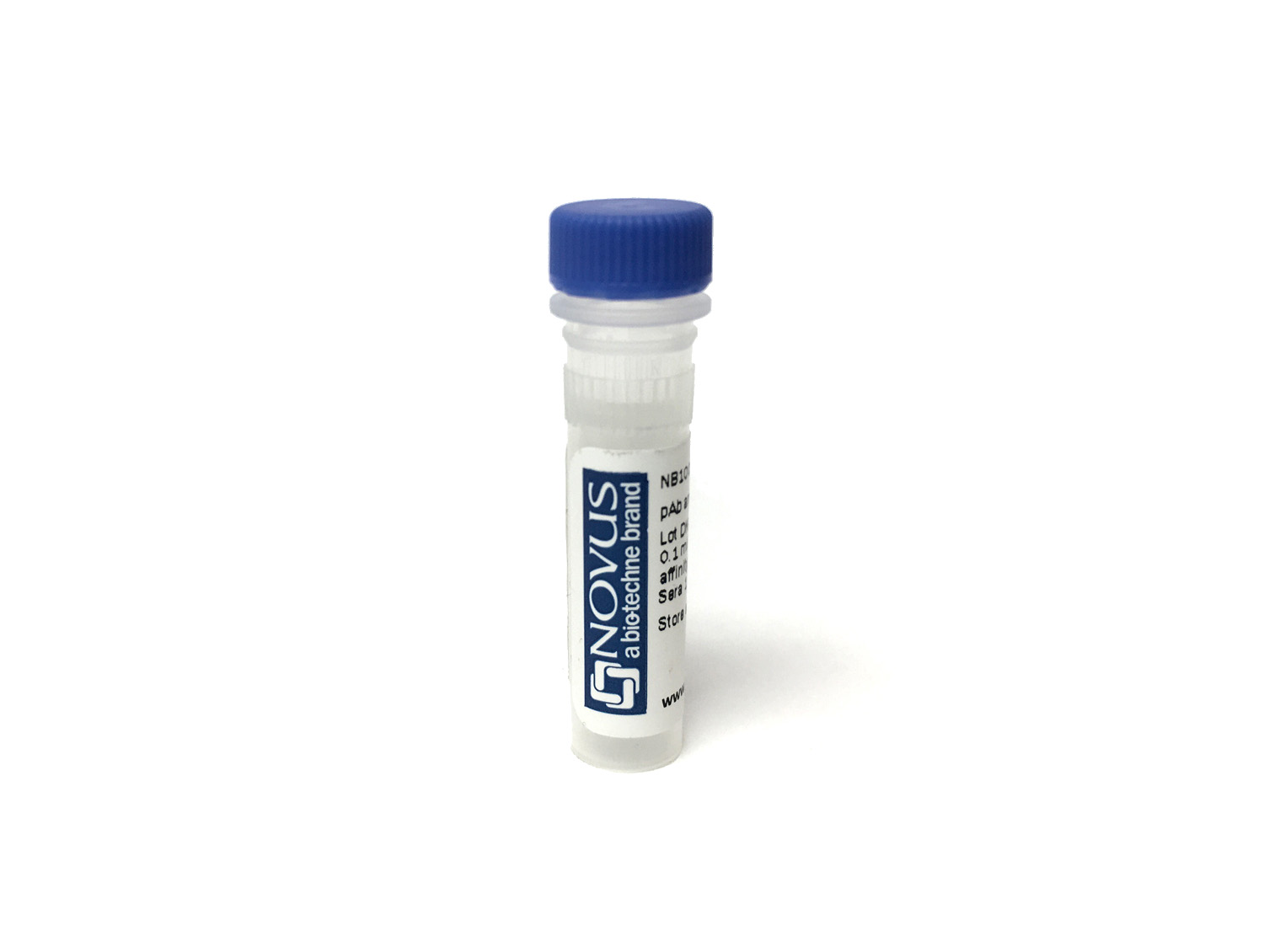CD28 Antibody (FR104) - Humanized, IgG2SA - Low Endotoxin, Azide and BSA Free
Novus Biologicals, part of Bio-Techne | Catalog # NBP3-28252
Recombinant Monoclonal Antibody


Conjugate
Catalog #
Key Product Details
Species Reactivity
Human
Applications
ELISA, Flow Cytometry, Functional
Label
Unconjugated
Antibody Source
Recombinant Monoclonal Human IgG2 Clone # FR104
Format
Low Endotoxin, Azide and BSA Free
Concentration
LYOPH mg/ml
Product Specifications
Immunogen
CD28
Clonality
Monoclonal
Host
Human
Isotype
IgG2
Endotoxin Level
< 0.001EU/ug,determined by LAL method.
Description
Expressed from CHO. The heavy chain type is huIgG2, and the light chain type is hukappa. It has a predicted MW of 145.5 kDa.
Upon receipt, store immediately at -20C or lower for 24 months in a lyophilized state. - 80C for 3 months after reconstitution. Avoid repeated freeze-thaw cycles.
Upon receipt, store immediately at -20C or lower for 24 months in a lyophilized state. - 80C for 3 months after reconstitution. Avoid repeated freeze-thaw cycles.
Applications
Application
Recommended Usage
ELISA
Optimal dilutions of this antibody should be experimentally determined.
Flow Cytometry
Optimal dilutions of this antibody should be experimentally determined.
Functional
Optimal dilutions of this antibody should be experimentally determined.
Formulation, Preparation, and Storage
Purification
Protein A purified
Reconstitution
Reconstitute with sterile, distilled water to a final concentration of 1 mg/ml. Gently shake to solubilize completely. Do not vortex.
Formulation
Lyophilized from 25mM histidine, 8% sucrose, 0.01% Tween80 (pH6.2)
Format
Low Endotoxin, Azide and BSA Free
Preservative
No Preservative
Concentration
LYOPH mg/ml
Shipping
The product is shipped at ambient temperature. Upon receipt, store it immediately at the temperature recommended below.
Stability & Storage
Store at 4C.
Background: CD28
CD28 is the prototypical and best-characterized costimulatory molecule on T cells (4). Its signals are critical for optimal naive T cell activation, cytokine production, proliferation, and survival (4). In order to sustain T cell activation, CD28 will consolidate immunological synapse formation, increase cell cycle progression through upregulated D-cyclin expression, and aid in T cell survival by in inducing the expression of the anti-apoptotic protein Bcl-XL (5). CD28 is constitutively expressed on naive and central memory CD4+ and CD8+ cells (5). CD28 deficiency has a large impact on T cell responses including activation, proliferation, immunoglobulin (Ig) class-switching, and germinal center (GC) formation (6). CD28 is a critical regulator of autoimmune diseases and tolerance to solid organ transplants in human patients (6). The CD28 pathway plays a central role in immune responses against pathogens, autoimmune diseases, and graft rejection (7). CD28 engagement via antibodies augments the proliferation of T cells in response to immobilized anti-CD3 antibodies (8). Additionally, antibody engagement of CD28 can supply costimulation to T cells encountering APCs deficient in costimulatory ligands, such as CD80 and CD86, and prevents the resultant anergic state that otherwise occurs in the absence of costimulatory signaling (8).
References
1. Esensten, J. H., Helou, Y. A., Chopra, G., Weiss, A., & Bluestone, J. A. (2016). CD28 Costimulation: From Mechanism to Therapy. Immunity, 44(5), 973-988. https://doi.org/10.1016/j.immuni.2016.04.020
2. Carreno, B. M., & Collins, M. (2002). The B7 family of ligands and its receptors: new pathways for costimulation and inhibition of immune responses. Annual review of immunology, 20, 29-53. https://doi.org/10.1146/annurev.immunol.20.091101.091806
3. Ward S. G. (1996). CD28: a signaling perspective. The Biochemical journal, 318 (Pt 2), 361-377. https://doi.org/10.1042/bj3180361
4. Zhang, R., Huynh, A., Whitcher, G., Chang, J., Maltzman, J. S., & Turka, L. A. (2013). An obligate cell-intrinsic function for CD28 in Tregs. The Journal of clinical investigation, 123(2), 580-593. https://doi.org/10.1172/JCI65013
5. Evans, E. J., Esnouf, R. M., Manso-Sancho, R., Gilbert, R. J., James, J. R., Yu, C., Fennelly, J. A., Vowles, C., Hanke, T., Walse, B., Hunig, T., Sorensen, P., Stuart, D. I., & Davis, S. J. (2005). Crystal structure of a soluble CD28-Fab complex. Nature immunology, 6(3), 271-279. https://doi.org/10.1038/ni1170
6. Bour-Jordan, H., & Blueston, J. A. (2002). CD28 function: a balance of costimulatory and regulatory signals. Journal of clinical immunology, 22(1), 1-7. https://doi.org/10.1023/a:1014256417651
7. Krummel, M. F., & Allison, J. P. (1995). CD28 and CTLA-4 have opposing effects on the response of T cells to stimulation. The Journal of experimental medicine, 182(2), 459-465. https://doi.org/10.1084/jem.182.2.459
8. Luhder, F., Huang, Y., Dennehy, K. M., Guntermann, C., Muller, I., Winkler, E., Kerkau, T., Ikemizu, S., Davis, S. J., Hanke, T., & Hunig, T. (2003). Topological requirements and signaling properties of T cell-activating, anti-CD28 antibody superagonists. The Journal of experimental medicine, 197(8), 955-966. https://doi.org/10.1084/jem.20021024
Additional CD28 Products
Product Specific Notices
This product is for research use only and is not approved for use in humans or in clinical diagnosis. Primary Antibodies are guaranteed for 1 year from date of receipt.
